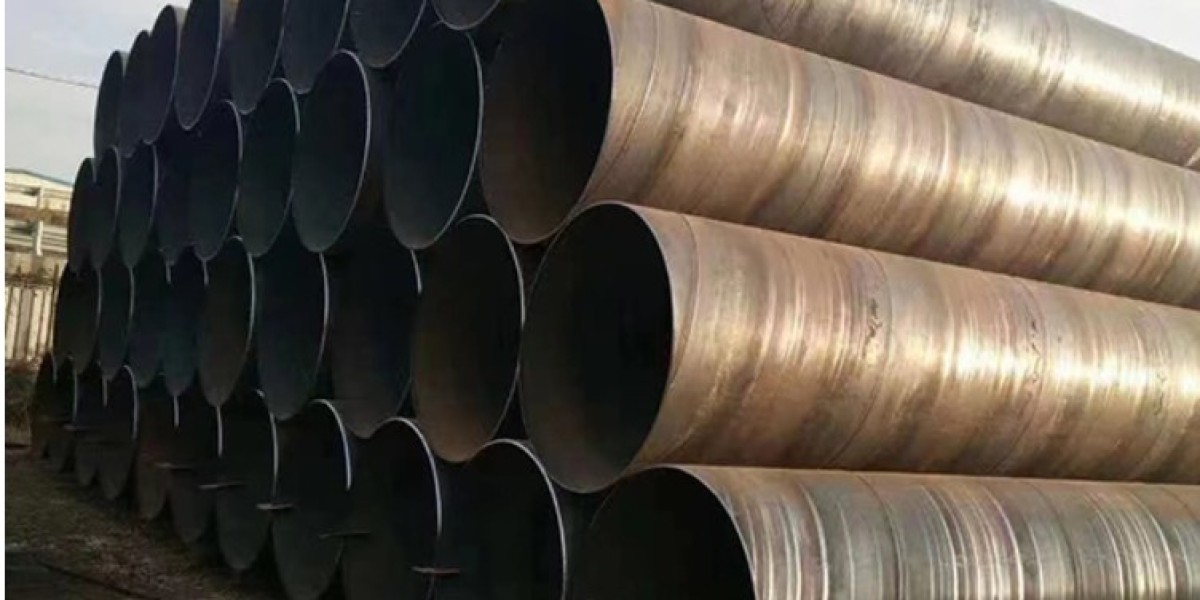Workplace safety is not just about helmets, gloves, or high-visibility vests—it’s also about ensuring that workers can breathe safely in hazardous environments. In industries such as construction, oil and gas, mining, and chemical processing, respiratory hazards are often invisible but deadly. From toxic fumes and gases to fine dust and biological contaminants, these hazards can cause immediate health crises or long-term diseases.
That is why understanding respiratory protection needs is crucial. Employers, supervisors, and safety professionals must go beyond compliance and identify what protection workers truly require to stay safe. For professionals looking to build expertise in this area, training programs like a Safety Course in Multan provide essential knowledge about assessing risks, selecting protective equipment, and enforcing proper safety protocols.
Why Respiratory Protection Matters in High-Risk Environments
Respiratory hazards are among the most underestimated workplace risks because they are often invisible. Workers may not realize they are being exposed until health effects appear. Some consequences include:
Short-term irritation of eyes, nose, and throat.
Respiratory illnesses such as asthma and chronic bronchitis.
Long-term diseases like lung cancer, silicosis, or asbestosis.
Immediate life-threatening conditions from oxygen-deficient atmospheres or toxic gas exposure.
Protecting workers from these outcomes requires a systematic approach to assessing hazards and providing the right respiratory protection.
Common Respiratory Hazards in Workplaces
High-risk jobs expose workers to different types of airborne contaminants. Understanding these helps in choosing suitable protective measures.
Hazard Type | Examples | Potential Health Effects |
Dusts | Silica, coal dust, wood dust | Silicosis, lung damage, chronic respiratory issues |
Fumes | Welding fumes, soldering fumes | Metal fume fever, cancer risks |
Mists | Spray paints, pesticides, acids | Irritation, lung damage, chemical burns |
Gases & Vapors | Carbon monoxide, chlorine, ammonia | Poisoning, organ damage, asphyxiation |
Biological agents | Bacteria, mold, viruses | Respiratory infections, allergic reactions |
Oxygen deficiency | Confined spaces with poor ventilation | Unconsciousness, death |
These hazards make it clear that respiratory protection is not optional—it is a necessity.
Assessing Respiratory Protection Needs
To provide effective respiratory protection, organizations must first assess the risks. This involves:
Identifying hazards: Conduct air quality monitoring to measure exposure levels.
Evaluating risks: Compare measured levels against occupational exposure limits (OELs).
Selecting protection: Choose respirators suitable for the type and level of hazard.
Implementing controls: Combine respiratory protection with engineering and administrative controls.
For example, in a construction site with silica dust exposure, dust suppression methods should be applied alongside N95 or higher-rated respirators.
Types of Respiratory Protective Equipment (RPE)
Respiratory protective equipment is broadly divided into two categories:
1. Air-Purifying Respirators (APR)
These remove contaminants from the air before the worker inhales it.
Filtering Facepiece Respirators (FFRs): e.g., N95 masks for dust.
Half-mask and full-face respirators: Provide higher protection against gases, vapors, and particulates.
Powered Air-Purifying Respirators (PAPRs): Use a battery-powered blower to filter contaminants and deliver air.
2. Supplied-Air Respirators (SAR)
These provide clean air from a source other than the work environment.
Airline respirators: Connected to an air supply via a hose.
Self-Contained Breathing Apparatus (SCBA): Used in emergencies, firefighting, or highly toxic atmospheres.
The choice depends on hazard type, exposure level, and job tasks.
Training and Proper Use of Respirators
Even the best respirator is ineffective if not used properly. Training is essential to ensure workers understand:
How to wear and adjust the respirator correctly.
The importance of fit-testing to ensure no leaks.
How to clean, store, and maintain equipment.
When to replace filters or cartridges.
This is where professional training programs, such as a Safety Officer Diploma, become invaluable. Such courses equip professionals with practical skills to assess risks, recommend appropriate protective equipment, and enforce safety compliance.
Common Challenges in Meeting Respiratory Protection Needs
Despite awareness, organizations often face challenges in implementing effective respiratory protection programs:
Resistance from workers: Some see respirators as uncomfortable or unnecessary.
Improper selection: Employers may choose generic masks instead of hazard-specific respirators.
Lack of fit-testing: Without proper fit, protection is compromised.
Maintenance issues: Dirty or damaged equipment reduces effectiveness.
Training gaps: Workers may not fully understand the risks or proper usage.
Addressing these challenges requires leadership commitment, ongoing training, and strict enforcement.
Real-World Example: The Cost of Ignoring Respiratory Protection
In 2018, a construction company faced heavy penalties after several workers developed silicosis due to prolonged exposure to silica dust. Investigations revealed that respirators were provided, but workers had not been trained in their correct use, and no fit-testing was conducted.
This example shows that simply distributing respirators is not enough—training, supervision, and audits are equally important.
Best Practices for Respiratory Protection Programs
Organizations can strengthen their respiratory protection systems by following best practices:
Conduct regular air monitoring to detect changing hazards.
Provide fit-testing annually for all respirator users.
Maintain a respirator inventory system to track condition and replacement schedules.
Encourage worker participation by addressing comfort concerns.
Integrate respiratory protection into broader health and safety management systems.
Comparative Table: Weak vs. Strong Respiratory Protection Practices
Aspect | Weak Practices | Strong Practices |
Training | Minimal or one-time session | Ongoing, practical, and job-specific training |
Equipment Selection | Generic masks for all hazards | Hazard-specific respirators with correct filters |
Fit Testing | Rarely done | Mandatory annual fit-testing |
Maintenance | Workers responsible individually | Centralized cleaning and inspection system |
Monitoring | Reactive after incidents | Proactive regular air monitoring |
The Role of Safety Officers in Respiratory Protection
Safety officers are key to ensuring that respiratory protection programs are not just on paper but active in practice. Their role includes:
Conducting hazard assessments.
Recommending appropriate respiratory equipment.
Leading training and fit-testing sessions.
Performing inspections and audits.
Reporting and correcting non-compliance issues.
Professionals who complete a Safety Course in Multan or pursue advanced certifications gain the knowledge to excel in these responsibilities.
Meeting respiratory protection needs is not just about compliance—it’s about safeguarding lives. Organizations need skilled safety professionals who can assess risks, train workers, and implement effective programs. If you are aspiring to take on this role, pursuing a Safety Officer Diploma can be your first step toward building a career in occupational safety.
Such training not only enhances your professional credibility but also empowers you to make workplaces safer for everyone.
Conclusion
Respiratory hazards may be invisible, but their impact is devastating when ignored. By understanding and addressing respiratory protection needs in high-risk work environments, organizations can prevent diseases, accidents, and even fatalities.
From proper hazard assessment and respirator selection to training and auditing, every step plays a crucial role in safeguarding workers. With the guidance of trained professionals—many of whom gain their expertise through programs like a Safety Course in Multan—companies can build a safety culture where worker health is the top priority.
Ultimately, protecting the breath of workers is protecting their lives, and no safety program is complete without a strong commitment to respiratory protection.








